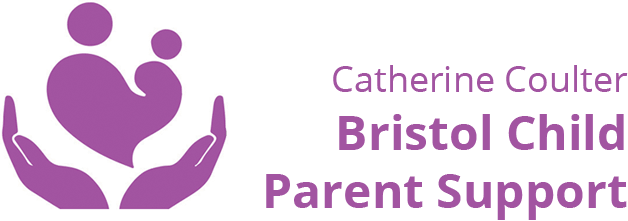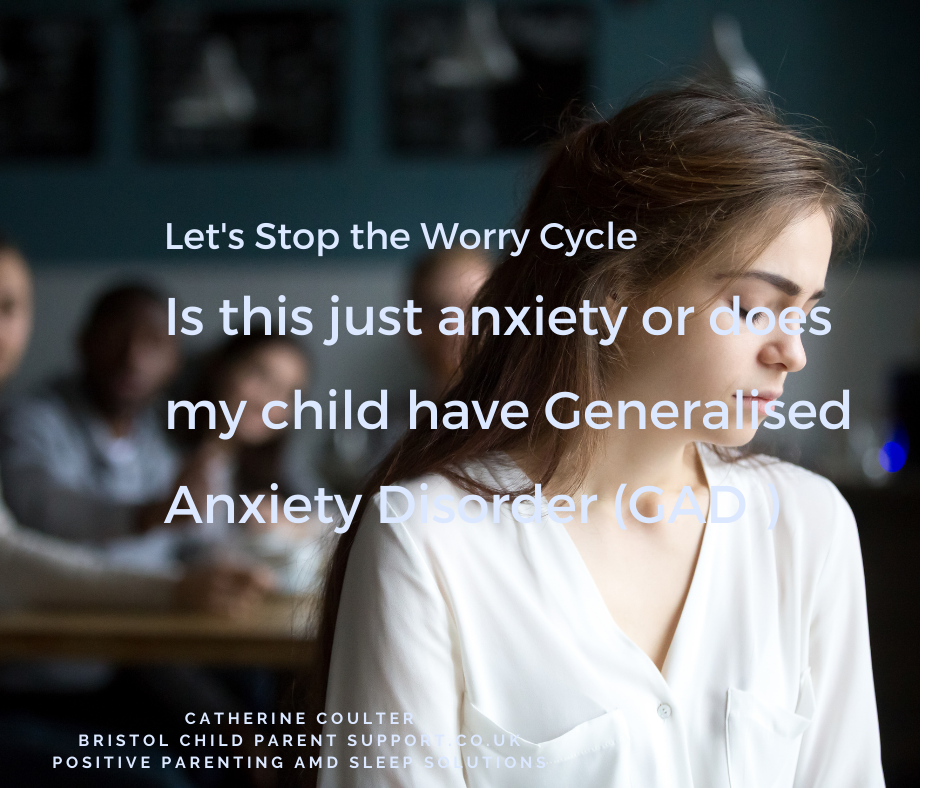Anxiety is a normal response to a threat; sometimes, it’s good for us. It helps to keep us alert when we are about to take a test or do something new. Most children go through times when they feel very frightened about things, and the pandemic has created much stress for everyone. Even though Anxiety is normal growing up, many children grow through their fears. However, for some children, it develops into a disorder. I hope this blog will offer some information on Generalised Anxiety Disorder symptoms.
The Research on Anxiety
Anxiety is the most common mental health condition in children. Hence, it doesn’t distinguish between age, background, or social group. In 2017, 3.9% of 5-10-year-old children had an anxiety disorder, as did 7.5% of 11-16-year-olds and 13.1% of 17-19-year-olds (Ref: https://mhfaengland.org).
We are already seeing that the stress of the pandemic is having a tremendous impact on young people’s mental health (aged 16 to 24). Stress and uncertainty around education, employment prospects, and reduced social support from peers add to higher depression and anxiety levels. ( The MQMental Health Research). I have received many referrals regarding Anxiety this year; consequently, I wanted to focus on what GAD is and what normal Anxiety is. For further information, click here for my blogs on OCD, Separation Anxiety, and Social Anxiety Disorder.
What is GAD ( Generalised Anxiety Disorder)?
Children with GAD can worry just about everything and anything, and the worry is often chronic, long-lasting, and hard to control. The difference between normal feelings of Anxiety and the presence of generalised anxiety disorder is that children with GAD worry more often and more intensely than other children in the same circumstances. Another distinguishing factor in GAD is that Anxiety focuses not on external triggers like social interaction or contamination but internally. Children with GAD tend to seek frequent reassurance from caregivers, teachers, and peers about their performance, although this reassurance only provides a fleeting relief from their worries.
Risk Factors
GAD emerges before and during adolescence and is more prevalent in girls than boys. The teen brain’s rapidly growing connections carry some adverse side effects. About 70% of mental illnesses appear in early adolescence, including Anxiety, mood and eating disorders, and psychosis. I am passionate about preventing mental health issues. If you want to learn about Anxiety in your tween and teenager, join me at my new parent webinar, Let’s Stop the Worry Cycle in Tweens and Teens.

Children with learning and special education needs are at an increased risk of Anxiety Disorders. It is well established that the prevalence of Anxiety in youth with ASD is significantly greater than in the general population. It ranges from 22 to 84%; the highest anxiety disorder was social phobia ( 47% and then GAD 29.9%).
Sometimes, Anxiety can occur independently of ADHD. Other times, it can be a result of living with ADHD. Children with ADHD often have more trouble managing stress than children who don’t have ADHD. That’s because ADHD affects how children manage their emotions.
Anxiety affects our thoughts, behaviour, our body, and our emotions
The amygdala can trigger in less than 1/10 of a second, which triggers a physical response. Our vagus nerve intimately connects our brains and guts. The threat response can send signals directly from the brain to the heart via the vagus nerve, causing tummy trouble. Anxiety can also influence the gastrointestinal tract to move in ways that cause pain.
- Lots of butterflies and stomach aches.
- Irritability
- Heart palpitations.
- Problems in breathing.
- Excessive Sweating.
- Dizziness
- Restlessness
- Suffer from sleep difficulties, especially being able to get off to sleep.
Anxiety affects thinking

Anxiety always anticipates the future, and your child may use many “what if questions”.?
Will we get there on time? What if I can’t fall asleep the night before the test?
You may also notice negative thinking patterns,” cognitive distortions”. Sometimes they can be referred to as challenging thoughts and even thinking mistakes or errors. They are often unrealistic but, above all and are overly self-critical. Unlike adults, children cannot realise their beliefs are outsized and unrealistic.
Other behaviour you may notice:
- They ask you many questions and details of new situations and constantly check with you.
- They eavesdrop on your conversations and want to know what will happen.
- Look over your shoulder and check what you are doing.
- Intense studying or practising.
- They may hold on to situations or events even though they occurred days ago. For example, they upset a friend or got something wrong in class.
- They may fear making mistakes and seem perfectionistic.
- They may stop attending groups/sports if they don’t feel good enough.
Why do we suffer from Anxiety?
We do not know what causes this illness. However, several things can contribute to their Anxiety, like genes, where they live, and having upsetting or traumatic experiences. It tends to run in families. Hence, if someone in your family is known to worry a lot, they may be more likely to worry. Some of this will be passed on in the genes, but they may also ‘learn’ anxious behaviour from the environment.
When to seek help
I know many parents and children who do not seek help managing their Anxiety, and many adults suffer for most of their lives. Let’s stop the worry cycle now!
Seek help if the Anxiety is beyond your child’s or teenager’s control and is excessive. In addition, It is focused on several different activities which cause significant distress and are present for more days than not. In addition, the duration is for at least six months. First, you can seek help from your GP, who may advise on a referral to CAMHS or contact me for a consultation. Treatment should include support for you as a family and child. Children need your help in managing their Anxiety.
Thank you for reading this and your commitment to your child’s well-being and family. In addition, your willingness to keep growing and holding hope. Remember: parenting is hard work, and you all deserve support. And when it all starts to feel impossible, ask for help. If you need help and support, contact me for a consultation or join my newsletter community. With Gratitude Catherine
NEW EVENTS
Managing Anxiety in Tweens and Teenagers
Anger Transformation



